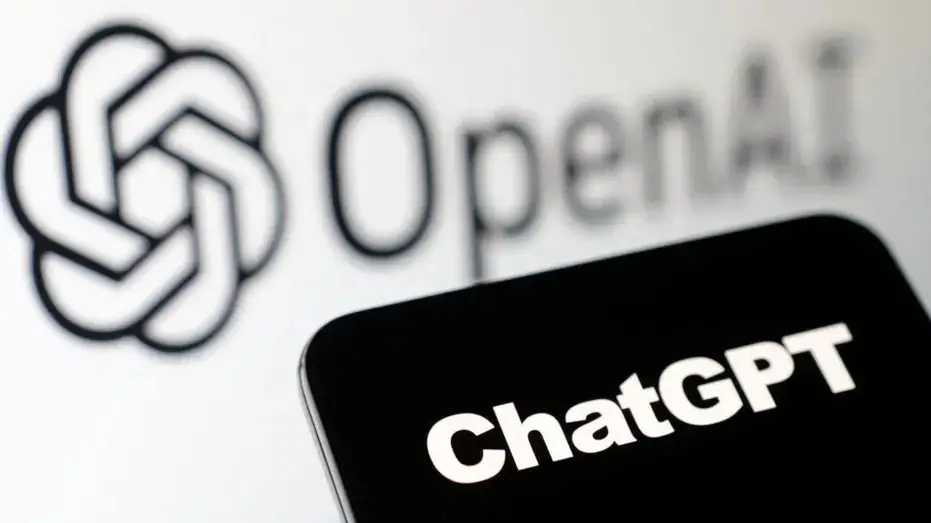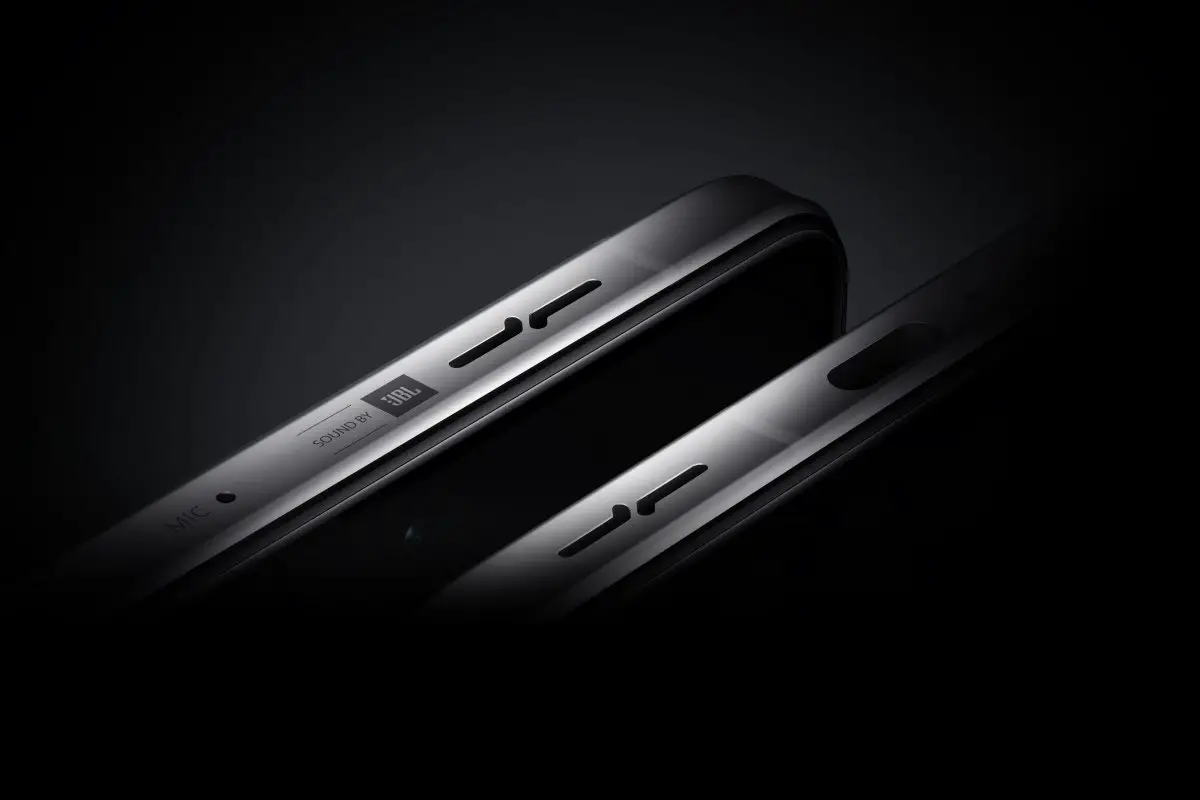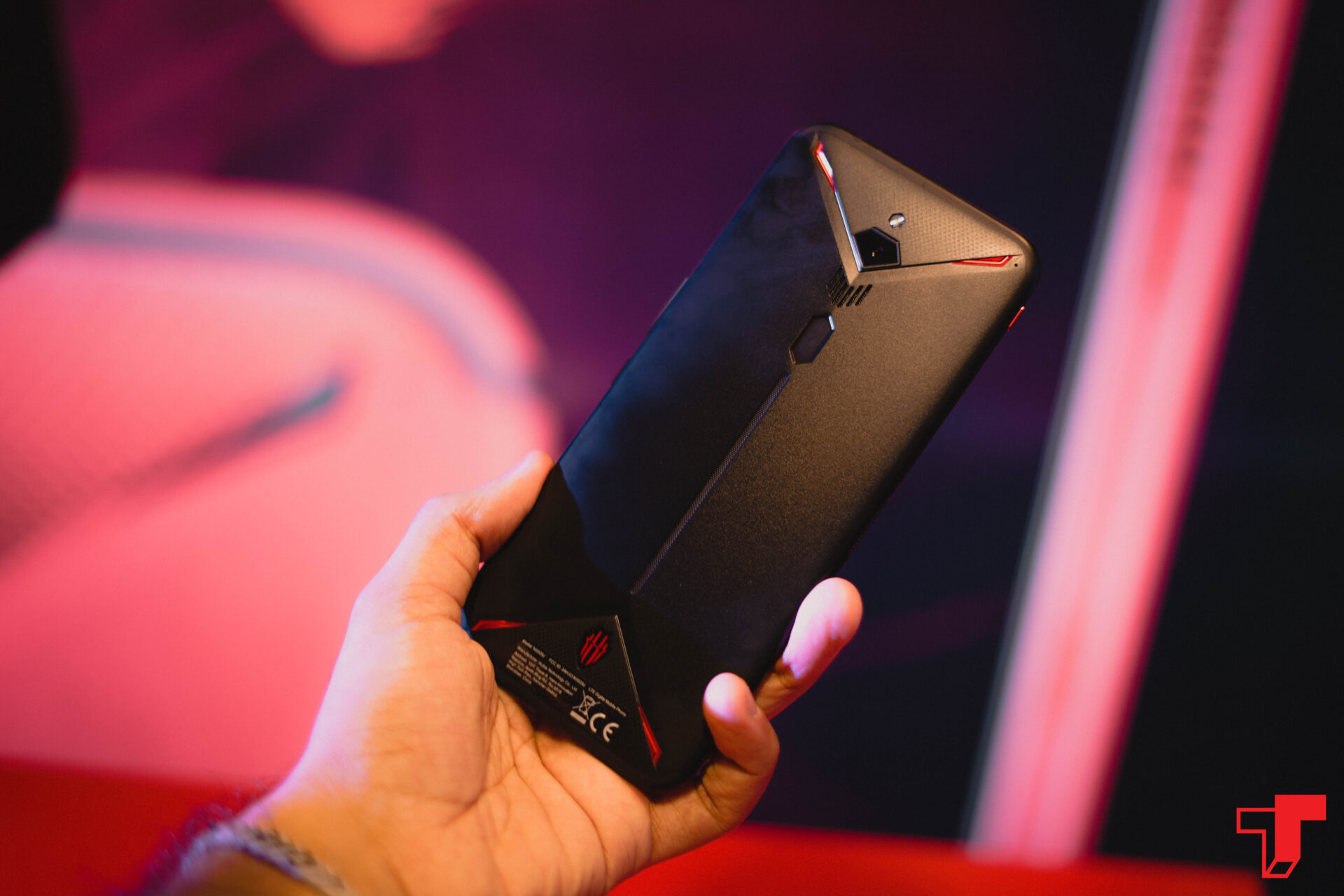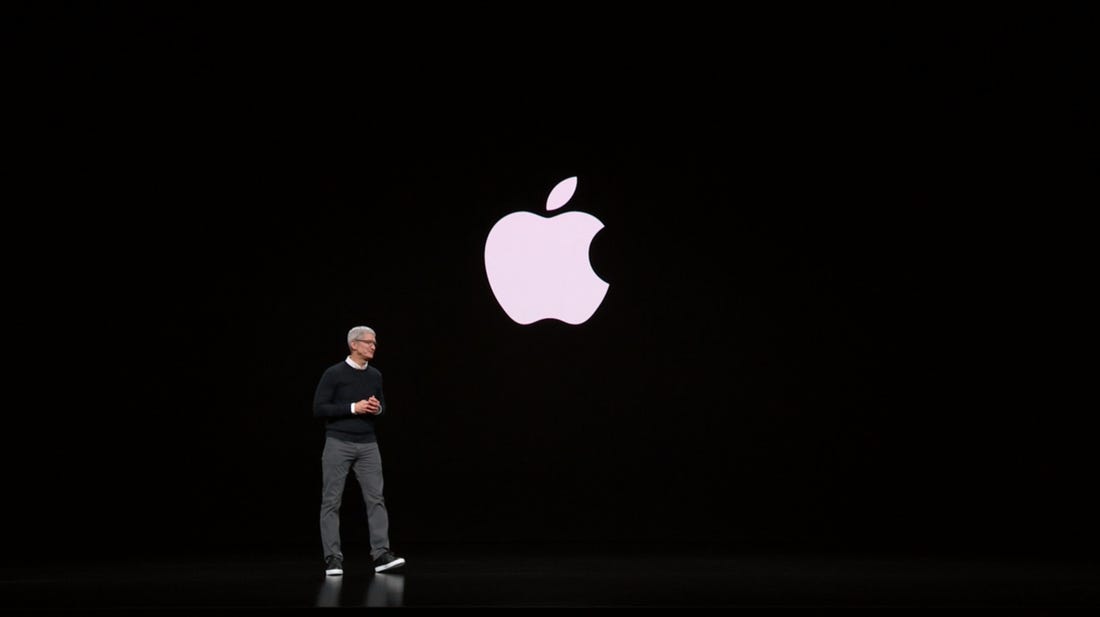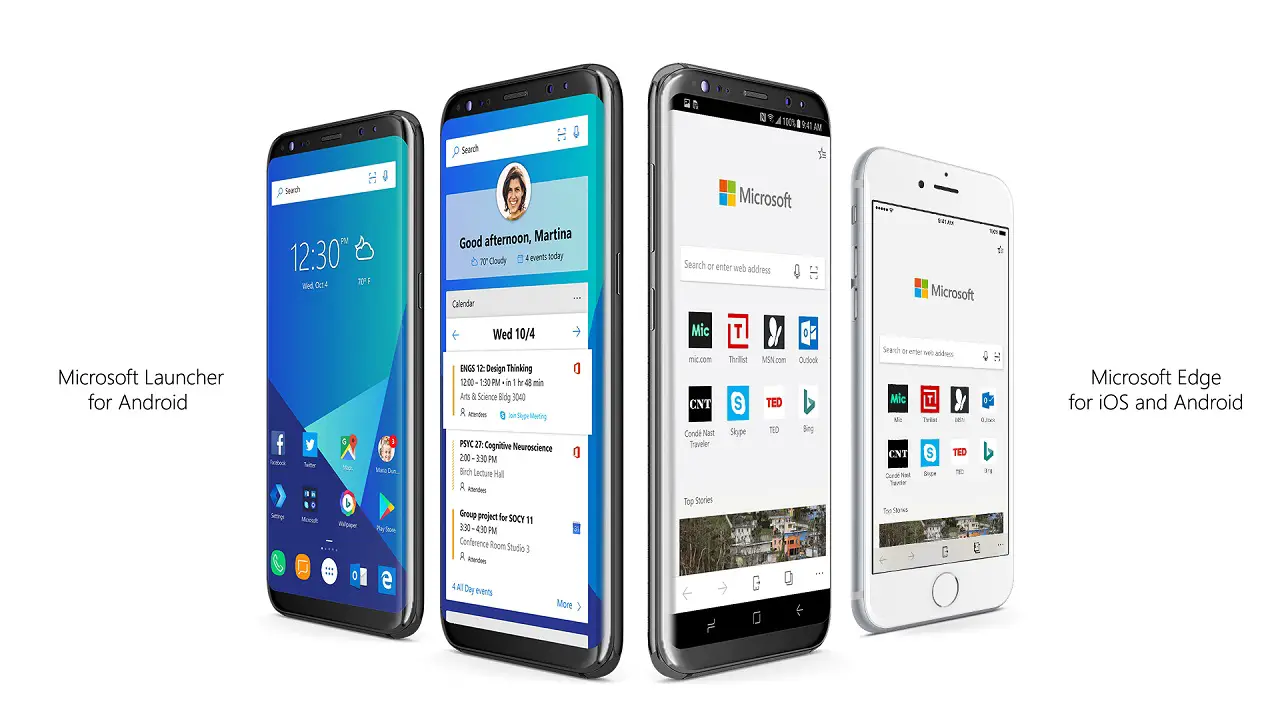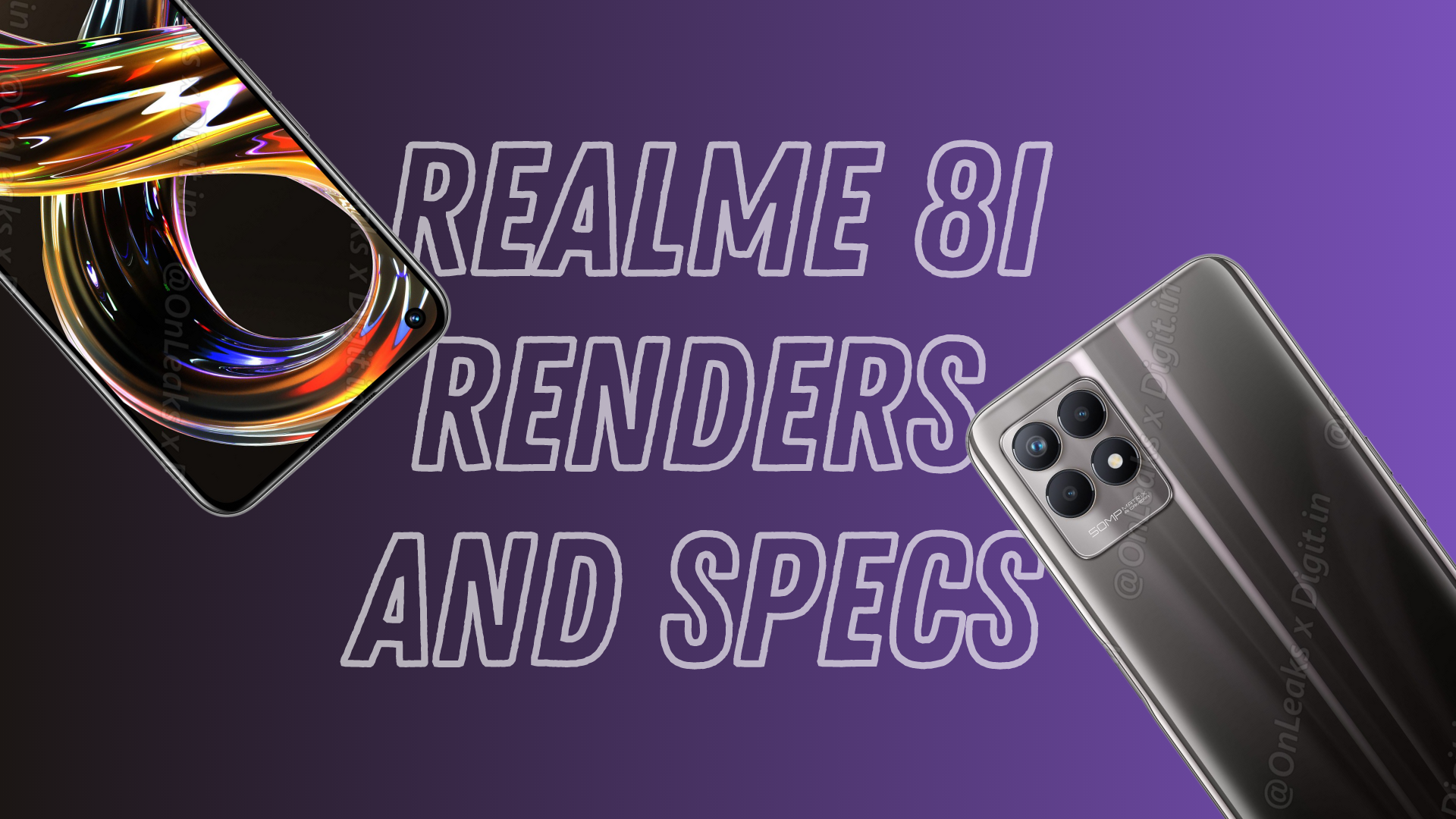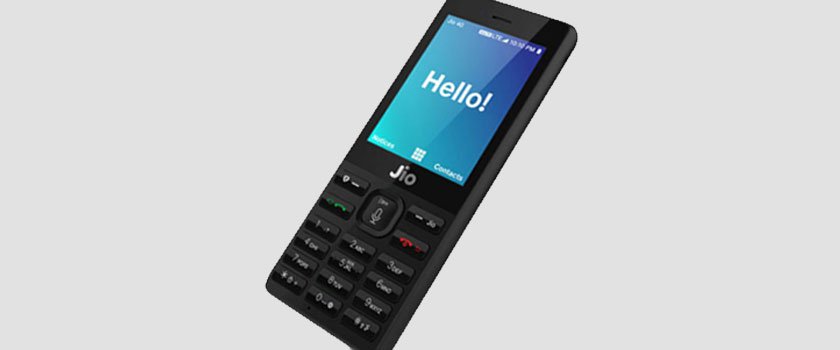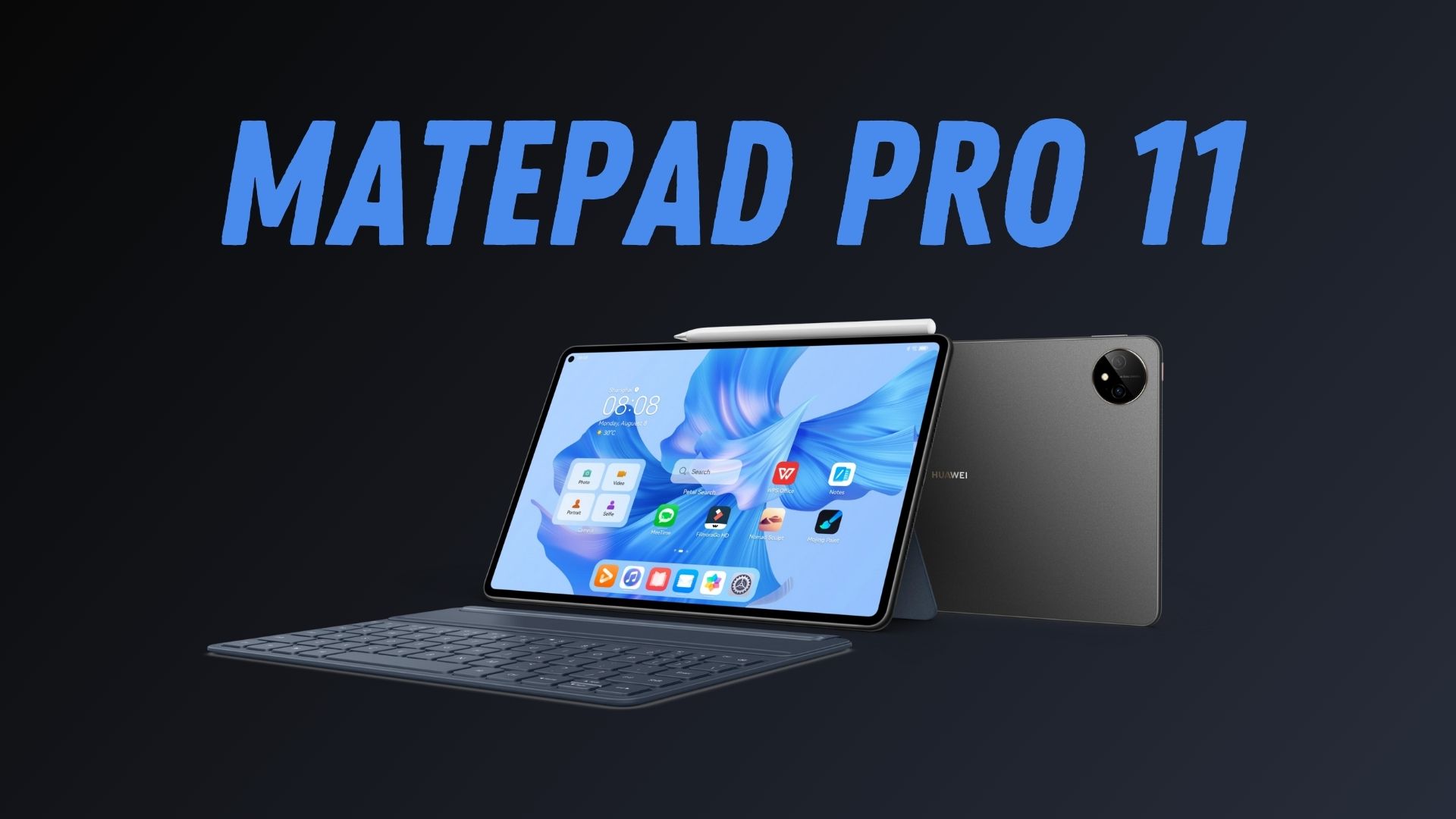Chatbots have come a long way since their inception. With advances in artificial intelligence and natural language processing, chatbots have become increasingly sophisticated and human-like. ChatGPT is one such chatbot that has gained much popularity over the years. It is a significant language model trained by OpenAI and capable of generating human-like responses to text inputs. The next version of ChatGPT could feature a face and a voice, which would take its capabilities to the next level.
ChatGPT to have a Face and a Voice
During the Barcelona Mobile World Congress 2023, Tom Pritchard of Tom’s Guide discussed this prospect with one organization, the Israeli firm D-ID. D-goal IDs are to create digital humans, kind of, and at the moment that means giving AI chatbots a more human touch. With the introduction of its new API, it expects to achieve this goal.
You may converse with the chatbot just like you would with a real person thanks to the real-time streaming features of the API. By converting text to video, the chatbot might appear to be speaking in a human voice. If typing appeals to you more than speaking to a machine, you are free to do so.
D-technology IDs may be incorporated into other apps and services because it is an API. Gil Perry, the CEO, and co-founder of D-ID claim that people aren’t wired for discussions that simply include text or speech. In contrast, adding a human face makes everything more believable and engaging.
Also, from a commercial standpoint, using an AI to do a variety of tasks for you saves you the expense of hiring real humans. Whether that be having conversations with consumers, instructing staff, or anything else that AIs are now capable of.
According to Perry, one of the reasons why people are currently so suspicious and fearful of AI might be due to its faceless character. Even if users are aware that there isn’t a live person on the other end of the line, giving the chatbot a human face could make them feel more at ease.
During MWC, various D-ID chatbots, including those with the newest integrated streaming features, were demonstrated. Although it was fascinating to watch the many avatar types in action, even the most sophisticated ones had a slight uncanny valley effect.
When the bot interacted with individuals, there were a few visible delays in voice recognition and writing. The fact that you could speak to the bot, have it comprehend what you’re saying, and provide a response without having to enter or read a word remains unchanged, though.
The only remaining issue is whether or not the general public will be able to have this type of experience. D-ID wants to make its API available to companies and corporate users. Yet there’s a high possibility we may see this sort of technology appear in a more public setting, as we’ve seen with ChatGPT’s recent growth in popularity.
